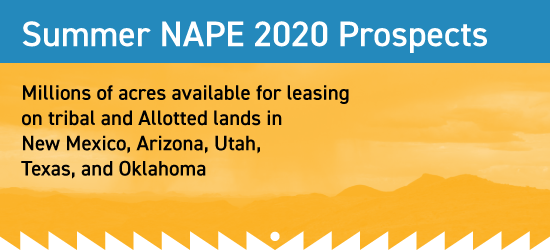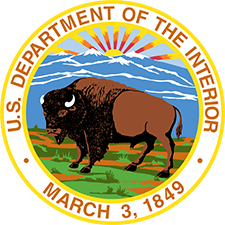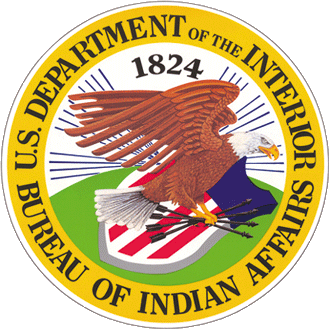Office of Indian Energy and Economic Development
Finding the Best Economic Development Strategy
Like any nation, a tribe shouldn’t engage in any development strategy that conflicts with its basic principles.
Within these boundaries, a tribe should be able to find many options to promote its economic growth and benefit its people.
Specialization
A tribe can enter almost any industry. Tourism, agriculture, gaming, forestry, retail trade, and fisheries are all possibilities.
To maximize a tribe’s profit, tribal leaders must consider many factors including their community’s natural resources, geographic location, climate, infrastructure, potential customers, and available investment capital.
Tribes need to determine where they have a comparative advantage and can specialize.
As sovereign nations, tribes should see themselves as individual countries in the field of international economics, where all goods and services that the tribe produces and sells to people outside of it are the tribe’s “exports” and whatever the tribal community purchases from outside its own production are “imports.”
The more exports a tribe sells, the more money it will have to buy imports for its people.
Specialization and the gains from trade are universally recognized principles among all nations that have existed throughout human history.
Yet there’s another important strategy besides export promotion that also comes from the study of international economics.
The strategy of import substitution suggests that a nation can try to produce goods and services on its own instead of importing from other nations, if it can be done efficiently. Import substitution will lead to greater internal production and the need for fewer imports.
Combined with an employment strategy that provides good jobs to whomever needs work in a tribal community, export promotion and import substitution can contribute to a tribe’s economic growth and well-being.
Industrial Strategies
For an entire tribal economy to benefit from economic development, tribal leaders should consider applying industrial strategies.
These are strategies that nations often employ which involve considerations beyond the promotion of any one company and apply to an entire industry, or even to groups of industries.
Vertical Integration
Vertical integration is an industrial strategy where the output from one business is used as an input for another business, which results in cost-savings for the combined operation.
For example, suppose there are two potential development projects under consideration in a tribal area: one is a new restaurant, and the other is a new grocery store. These establishments could be built separately in their own buildings and locations, but they could also be constructed in one large building with the restaurant is in one section of the facility and the grocery store in another.
This strategy is widely used throughout many industries and is often beneficial for many businesses, but it doesn’t guarantee success. It’s quite possible for a business to be successful without relying on it.
Economies of Scale
The principle of economies of scale suggests that as quantity of production increases, the cost of each unit produced becomes cheaper.
Economies of scale are often achieved with the development of infrastructure like transmission lines, roads, internet service, and water and sewer services.
For example, imagine a tribe is considering developing a 50-machine wind farm, which will require substantial costs including the construction of towers, turbines, and transmission lines that will stretch from the site to the nearest power grid.
For only a slightly higher cost, the tribe could install transmission lines with twice the capacity needed for 50 machines. The tribe may strategically decide to install the higher-capacity lines with the intention of doubling the wind farm’s capacity from 50 to 100 machines in the future.
To double the power generated, the business would only need to double the number of wind machines, but not double any other costs since the needed transmission lines are already there. The production of electricity would be doubled without doubling of the cost of the initial operation.
However, it’s important to recognize that business operations can grow larger than necessary.
For example, suppose a grocery store doesn’t have enough employees and can only sell a certain amount of food to a set number of customers. If the store were to double in size, the business wouldn’t be able to benefit from the extra space.
Economies of Scope
Economies of scope occurs when there’s a larger variety of goods and services being produced and sold in a specific area. This makes it easier for consumers in that area to buy a variety of products, thus making it more profitable for all businesses involved.
Under some circumstances, but not all, the term economies of scope might be seen as a fancy term for “one-stop shopping.”
As an example, imagine there’s a strip mall outside a tribal area that has both a grocery store and a clothing store. People in the tribal area who want to leave to buy clothes will find themselves in the same parking lot that serves the strip mall’s grocery store. Offered this convenience, they may be more inclined to buy their food there as well.
Economies of scope can also apply to communities that have a variety of industries operating in the same area. For example, when electrical power, internet service, water and sewer, and roadways are all available in a particular area, it’s much easier for new businesses to establish themselves.
Businesses are often dependent on each other in many ways.
Tribes should consider these connections when formulating their economic development plans.
Additional Information
Related Pages
Related Documents
Contact Us
Washington, DC 20240




